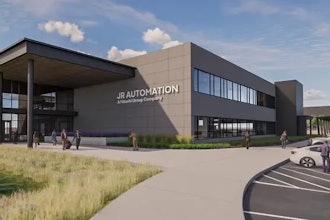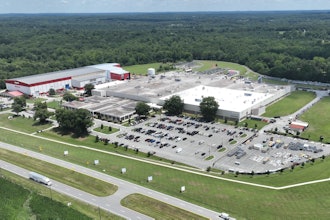
Within every company, maintenance and operations departments fulfill separate roles that affect each other’s work and productivity. Without maintenance, operations can’t run smoothly; without operations, maintenance has no reason to be.
However, in many companies, the divide between operations and maintenance is palpable. Operations sees downtime as a failure that wastes money, while maintenance often feels there is not enough downtime to conduct proper preventive work. This is a source of tension that disrupts the common goal shared between them: to minimize downtime and increase production in order to increase revenue capacity.
The separation between the two departments puts company reputation at risk and deals heavy blows to profit. So how can companies unify maintenance and operations to back that common goal?
Use the Right Technology
Today’s company is only as good as its technology, and an outdated maintenance management system can increase tension between operations and maintenance staff. An inefficient platform used to monitor equipment and report issues will frustrate staff on both sides and slow down repairs, ultimately increasing downtime.
To navigate this challenge, companies should invest in a modern computerized maintenance management system (CMMS) that focuses on an intuitive user experience to enable smooth communication between maintenance and operations staff. A well-designed CMMS is adaptive and cloud-based, so professionals can access data across multiple facilities from wherever they are, even from a dedicated mobile app.
A leading CMMS can streamline necessary repairs by supporting a total productive maintenance (TPM) strategy, in which everyone is accountable for keeping machines up and running. Staff trained to use CMMS effectively will notice and report equipment issues, even if they aren’t necessarily related to corrective maintenance. This makes everyone’s jobs easier by uniting the team in a common goal to keep equipment up and running properly.
Nix the 'If It Ain’t Broke, Don’t Fix It” Philosophy
Many operations professionals hesitate to schedule downtime for equipment upkeep if maintenance issues don’t present immediate problems. Due to pressure to stay productive at all times, operations staff sometimes rely on a reactive “run to failure” maintenance strategy, meaning they keep machines running until they break down completely.
In other words: “if it ain’t broke, don’t fix it.” Unfortunately, this reactive approach ultimately leads to more downtime and less output.
To minimize disruptions, operations and maintenance staff must work together to support a preventive culture that enables technicians to get time with machines early and often, even when things appear to be running smoothly. Otherwise, unforeseen issues can derail operations at the most inopportune times.
With modern CMMS, maintenance professionals schedule time to conduct preventive or corrective maintenance work using functions, such as a job planner, to optimize maintenance schedules based on technician expertise and availability and in accordance with production schedules.
Scheduled repairs can cut downtime in half, because technicians can address minor issues well before they grow into a larger problem that impacts production.
In fact, Multifilm Packaging reduced downtime by 75 percent in 2014, followed by another 15 percent decrease in 2015 – just by implementing a maintenance strategy enabled by an advanced CMMS.
Since running machines to failure means costlier and longer repairs on equipment, these cautionary repairs supported by CMMS reduce negative impacts to production.
A preventive maintenance culture requires trust and flexibility on both ends. Maintenance staff must be mindful not to schedule downtime during peak production hours, and operations staff must concede downtime even when machines seem operational.
By eliminating tunnel vision, staff on both sides understand they are working towards the same end.
Get Experienced & Address Issues Quickly
Many maintenance divisions use the least experienced staff members for daily check-ups, under the assumption that preventive maintenance is not worth the time of senior employees. However, these check-ups are crucial when it comes to eliminating or reducing downtime, and inexperienced staff are more prone to miss key indicators or make critical mistakes.
An effective preventive maintenance strategy requires seasoned maintenance professionals who understand all the nuances of complex equipment to catch issues before they become major problems.
Additionally, maintenance staff shouldn’t wait to address small, routine fixes. At Multifilm Packaging, maintenance staff use a general rule of thumb: if a repair takes thirty minutes or less, technicians issue a corrective work order and complete the repair on the spot.
This prevents small issues from growing more difficult to handle. If repairs take longer than 30 minutes, maintenance staff should schedule downtime when it works best for operations management.
Tension between maintenance and operations has long been an issue for companies, but effective technology that supports improved procedures and consistent communication can bridge this divide. Since downtime is inevitable, both teams must work together to minimize its effects.





















